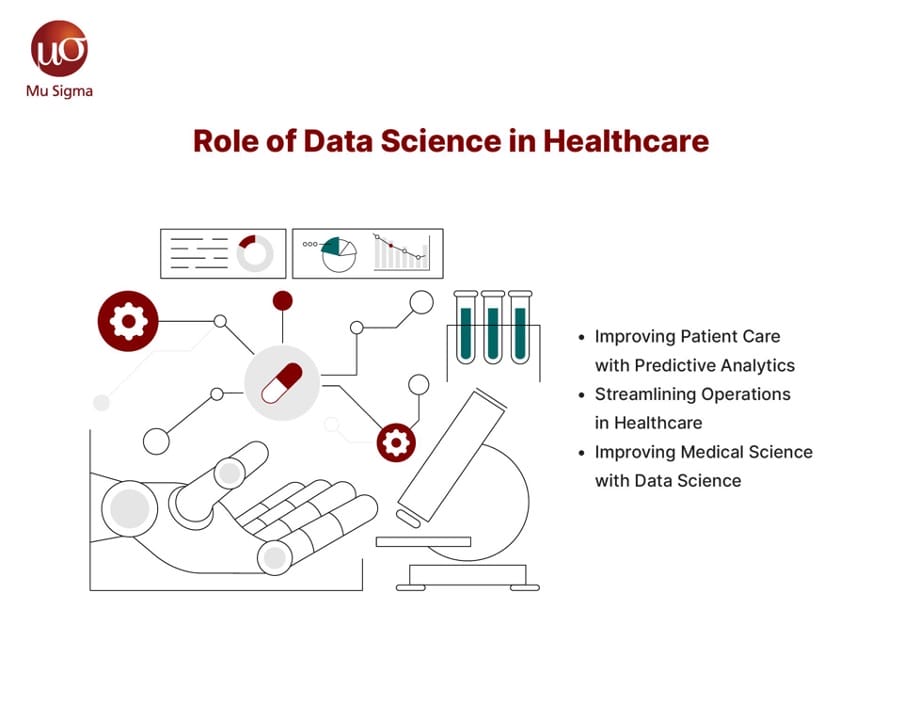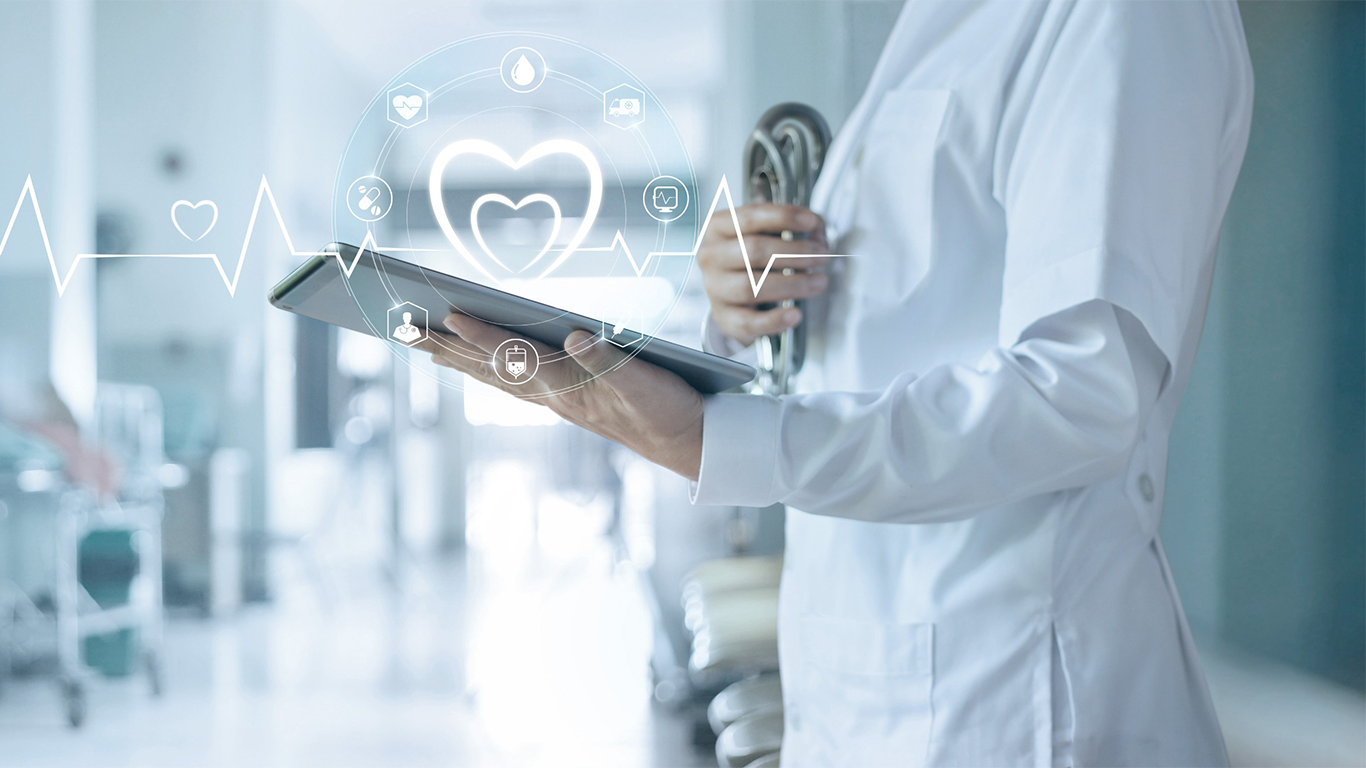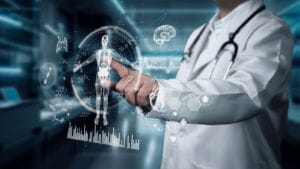Over the past decade, the way and scope for businesses to rediscover how they operate business practices has been opened; the changes are highly evident in the healthcare industries. The usage of advanced data analytics transforms patient care and ensures operational efficiency, as well as research into medicines with promises of precision medicine and personalized treatments. From cost-cutting to better patient outcomes, the influence of data science is rapidly expanding to be at the center of modern healthcare industries.
MORE NEWS: 2025 housing market predictions from Arizona Association of REALTORS
The Role of Data Science in Healthcare
It has always created dilemmas on account of this huge amount of data generated in healthcare industries, patient records, or a huge amount of medical imaging. Traditionally, this amount of data was underutilized due to shortcomings in technology and expertise. Now, data science has taken a 180-degree turn and opened up a different landscape. With these algorithms, machine learning models, and predictive analytics, healthcare providers can derive rich meaning from truly vast amounts of data, making better decisions and delivering better patient outcomes.
For example, studies show that nearly 80% of healthcare data is unstructured, including physician notes, lab reports, and imaging data. With data science techniques, healthcare providers can now structure and analyze this data, enabling the identification of trends, disease patterns, and more effective treatment plans.

Improving Patient Care with Predictive Analytics
Predictive analytics capabilities are one of the most interesting applications of data science in healthcare industries. It means historical patient data is analyzed to predict when health issues will occur and intervene early at the stages when they occur. This improves the quality of patient care while avoiding complications and reducing the burden on the healthcare system.
For instance, predictive models can identify patients at high risk for chronic diseases like diabetes or heart disease, enabling physicians to treat them earlier. Studies suggest that the use of predictive analytics could save up to $20 billion annually by reducing hospital readmissions and improving patient management strategies.
Wearable devices, ranging from fitness tracking monitors to smartwatches, also produce real-time health data, which can be monitored continuously for possible health risks and thus be recommended with timely interventions by data science models. Such technology brings personalized medicine closer to reality, wherein treatments are designed for each individual.
Streamlining Operations in Healthcare
The application of data science extends beyond the core areas of patient care. It also significantly enhances the operational efficiency of hospitals and clinics. Analyzing operational data, the healthcare administrator optimizes staffing schedules, shortens patient waiting times, and improves resource allocation levels, translating to greater efficiencies and cost-effectiveness in delivering healthcare.
This further allows health providers to apply data science to predict patient demand and plan staff levels to avoid burnout and ensure efficient use of the workforce where it is most needed.
Improving Medical Science with Data Science
Medical research is another field that has seen a significant change due to data science. In the past, the whole process was very data-intensive, requiring plenty of time to collect and analyze the data. Medical research, which could take years to yield practical conclusions, was relatively straightforward. Data science now lets one analyze large amounts of data in a time frame that can be unimaginably shorter. This means the next findings will be made much more rapidly, and more power will be seen in treatments.
Another corollary of the COVID-19 pandemic is that data science proved its promise by accelerating vaccine development. During the pandemic, data scientists used data-driven methods to correctly model clinical trial outcomes and predict vaccine efficacy much faster than ever before, making it possible to develop and approve vaccines at unprecedented speeds.
Addressing Challenges in Data Science Implementation
While the successes of data science in health settings cannot be denigrated, there are still some troubles. The first concern is the protection and confidentiality of patient data. As providers’ dependency on data-driven models has increased, safeguarding sensitive information away from breaches and misuses should also increase.
It is another challenge requiring any kind of specialized expertise. Implementing data science requires collaboration between data scientists and medical professionals so that insights generated should be clinically relevant and actionable; this remains a hurdle for many healthcare organizations in bridging the gap between technical knowledge and clinical knowledge.
The Future of Healthcare with Data Science
Indeed, the potential of data science to reshape the healthcare industry in this age is boundless. A future awaits, which will mark a day when artificial intelligence and machine learning will not only augment patient care but ultimately enable healthcare providers to deliver what would have been considered impossible precision treatments.
Conclusion
The transformative power of data science in the healthcare industry is undeniable. From enhancing patient care and improving operational efficiency to accelerating medical research, data-driven approaches are revolutionizing every aspect of healthcare. As the industry continues to adopt these advanced analytics tools, the future of healthcare looks brighter, more efficient, and more personalized than ever before.




